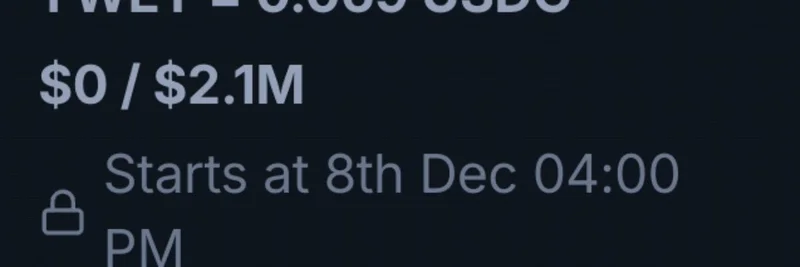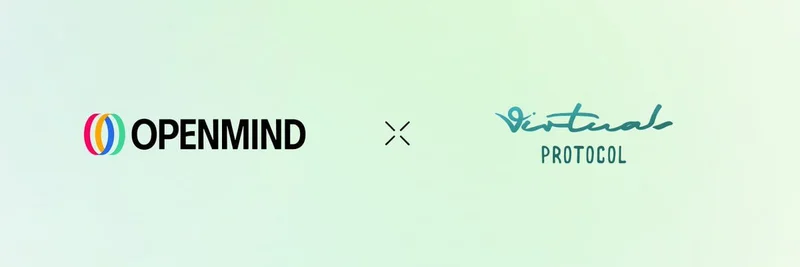In the fast-paced world of crypto, it's easy to get caught up in endless debates about valuations. Ryan Watkins, co-founder of Syncracy Capital and a former Messari analyst, recently shared some thoughts on X that cut through the noise. He argues that people often overcomplicate Layer 1 (L1) blockchain valuations—the base layers like Ethereum or Solana where everything else in crypto builds upon. Instead of getting lost in theoretical models, Watkins points out that narratives and relative comparisons often take the wheel, especially when there's no clear way to pin down a "fair" price.
Let's break this down. Watkins kicks off by highlighting Ethereum's wild ride. Back in April, ETH was trading around $1,400, and the vibe was grim—people were calling it a dying platform. Fast forward to today, and at over $5,000, it's suddenly the go-to chain for stablecoins and a "Bitcoin-like" opportunity for big institutions. What changed? According to Watkins, it was largely driven by Bitmine (likely a nod to Bitcoin mining dynamics or a similar catalyst), but the key takeaway is that price movements shape the stories we tell, not the other way around.
This isn't about whether these shifts are justified—Watkins isn't taking sides there. It's about the vacuum created when there's no agreed-upon method to value these assets. In traditional finance, you might use discounted cash flows or price-to-earnings ratios. But in crypto, especially for L1s that could potentially become global money systems, valuation gets tricky. Is Ethereum's bull case that it captures a slice of global GDP through transaction fees? Or is it more like "programmable Bitcoin," something inherently priceless? Maybe both? The reality is, no one really knows for sure.
Narratives and Relative Value: The Real Drivers
In this uncertainty, the market falls back on narratives and comparisons. Bitcoin sits at a $2 trillion market cap—why shouldn't Ethereum, with its broader features like smart contracts, be half of that? Ethereum's at $500 billion? Then Solana, which boasts faster speeds and stronger traction in metrics like daily active users or transaction volume, could arguably match or exceed it. These relative value exercises might sound simplistic or even "goofy," as Watkins puts it, but they're how the market operates in the absence of solid fundamentals anchoring everything.
For those new to this, Layer 1 blockchains are the foundational networks in crypto. Ethereum pioneered smart contracts—self-executing code that powers decentralized apps (dApps)—but it's been criticized for high fees and slower speeds. Solana, on the other hand, uses a proof-of-history consensus to handle thousands of transactions per second, making it a favorite for high-frequency trading and DeFi (decentralized finance) projects.
Watkins emphasizes that while we can theorize endlessly, it's better to navigate the current landscape. Fundamentals—like network usage, developer activity, and security—will eventually win out in the long run. But right now, it's a game of capital flows (money pouring in from investors) and compelling stories that capture attention.
The Competitive Edge of Mainstream Assets
One standout point from the thread is the huge advantage for assets that break into mainstream awareness and stick around. Think Bitcoin: it's not just tech; it's a cultural phenomenon. Ethereum has that too, with its role in NFTs and DeFi. Solana's gaining ground fast, especially in the meme coin ecosystem where quick, cheap transactions are king.
This ties directly into the world of meme tokens, which thrive on narratives more than anything. At Meme Insider, we see this play out daily—projects like Dogecoin or newer ones on Solana rocket based on hype and community vibes, not intricate valuation models. Watkins' advice? Don't overthink it. Pick quality assets with strong fundamentals and hold them long-term. Spending too much time on perfect valuations might distract from simply being in the right plays.
Lessons for Crypto Practitioners
Wrapping up his thoughts, Watkins quotes an earlier post: "The goofiest thing about crypto is that because there’s this implicit assumption that some assets could be money, and it’s impossible to value money, you can never know for sure whether those assets are overvalued." He clarifies he's not advocating for reckless abandon—just that logical thinking should guide asset selection more than obsessive valuation theorizing.
Replies to the thread echo this sentiment. One user suggests identifying a handful of assets with sovereign money potential (like Bitcoin or Ethereum) and holding for decades, while evaluating others on traditional metrics like price-to-earnings. Another chimes in that quality plus patience beats overanalysis every time.
In the end, as blockchain practitioners, this reminds us to balance data-driven decisions with an understanding of market psychology. Narratives can propel prices to new heights, but building on solid tech ensures longevity. Whether you're eyeing L1s for their meme token ecosystems or broader applications, Watkins' insights are a timely nudge to keep it simple in a complex space.



